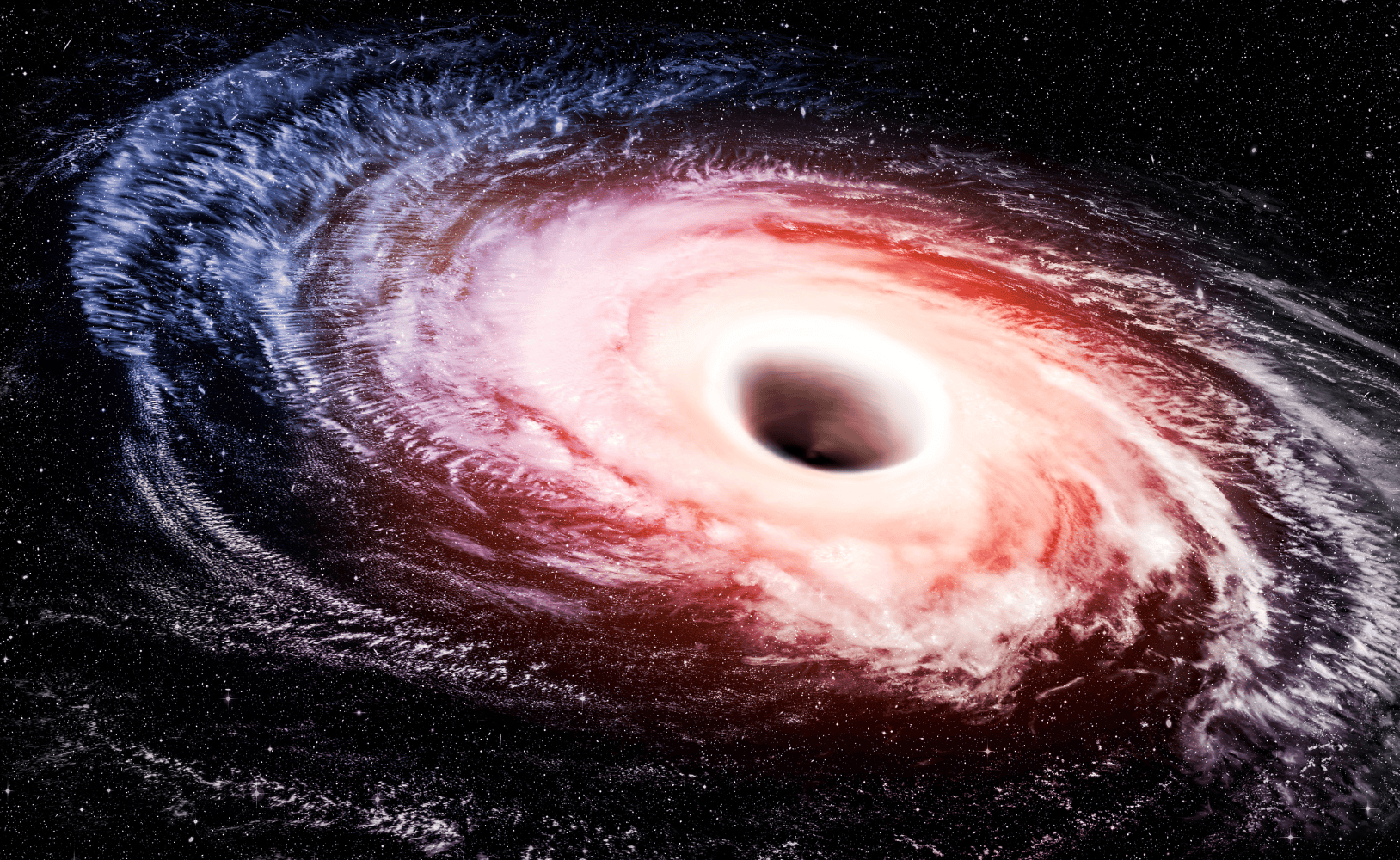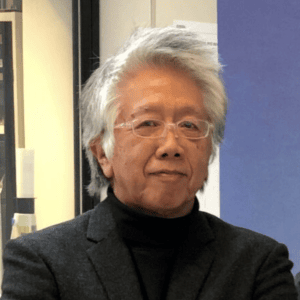Into the Future Talk Series: The frontier research on black holes

Join Us in a Ground breaking Journey to Explore the Universe! The BBA Alumni Association of the Chinese University of Hong Kong, Institute of Space and Earth Information Science, CUHK and Hong Kong (International) Aerospace Charitable Foundation (“the Foundation”), with Orion Astropreneur Space Academy (Hong Kong) Limited (OASA) as supporting partner, proudly present the “Into the Future Series: The Frontier Research on Black Holes” featuring Professor Paul Ho as the Guest Speaker. With the rapid development of artificial intelligence (AI), advancements in aerospace technology are accelerating at an unprecedented pace. In the coming decade or two, space tourism may gradually become a reality for the general public, making lunar landing will no longer be exclusive to a selected few astronauts and payload specialists. Astronomy is the foundation of aerospace technology, and humanity’s innate curiosity about the universe drives the inevitable expansion into outer space.
Born in Hong Kong and migrated to the United States at the age of 11, Professor Paul Ho is a distinguished astrophysicist whose pioneering work in radio astronomy and millimeter/ sub millimeter astrophysics has significantly advanced our understanding of star formation, molecular clouds, and active galactic nuclei. After earning his Ph.D. from the Massachusetts Institute of Technology (MIT), Professor Ho held key positions at prestigious institutions, including the Harvard-Smithsonian Center for Astrophysics and Academia Sinica’s Institute of Astronomy and Astrophysics (ASIAA) in Taiwan. As the Director of the East Asian Observatory (EAO), Professor Ho has played a pivotal role in fostering international collaboration in astronomy, particularly through the operation of the James Clerk Maxwell Telescope (JCMT) in Hawaii. The seminar explores the ground breaking imaging of the M87 super massive black hole shadow (2019)—a cosmic giant 6.5 billion times the mass of our Sun and about 5,500 million light years from Earth. Capturing the image of the Milky Way’s M87 to observe its gravitational effects was a monumental achievement, building upon previous studies where scientists had explored its gravity through auditory and tactile methods. These earlier works led to ground breaking papers that received widespread media coverage and eventually earned the Nobel Prize in Physics. This in-depth lecture, however, focuses on the study of its gravity through visual observation. Also, participants will learn about the future of black hole research and Hong Kong’s role in this global endeavor. Black holes are among the most fascinating and mysterious objects in the universe. Studying them helps us: – Test Einstein’s theory of general relativity. – Unlock secrets of gravity, space-time, and the origins of the cosmos. – Advance Hong Kong’s role in cutting-edge space science and technology. Promote astrophysics research and development as well as education in Hong Kong. Using a global network of telescopes including Hawaii’s James Clerk Maxwell Telescope (JCMT) and Greenland’s cutting-edge observatories, we could “see” gravity by capturing high-resolution images of the black hole’s shadow; analyse space-time distortions to reveal new physics; and inspire the next generation of scientists through education and outreach. Please register online here For enquiries, please contact event@cubbaalumni.org

Professor Paul Ho
Date
29 April 2025 (Tue)
Time
19:00pm-20:30pm(Registration starts at 18:45pm)
Venue
Diamond Room, CUHK Business School Town Centre
Unit B, 1/F, Bank of America Tower, 12 Harcourt Road, Central, Hong Kongand Zoom Meeting
Language
Cantonese, supplemented with English.
Fee
Free
Registration/ Enquiry


